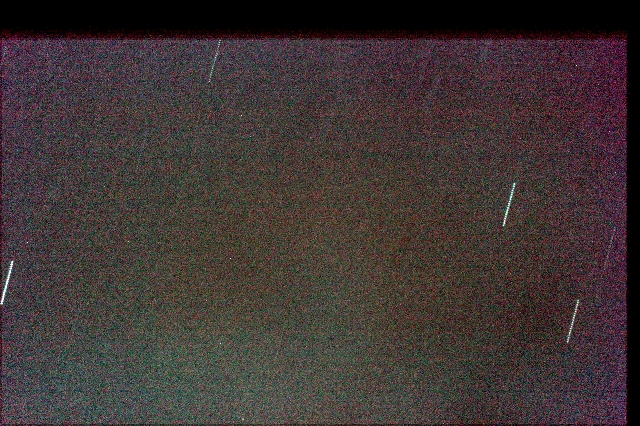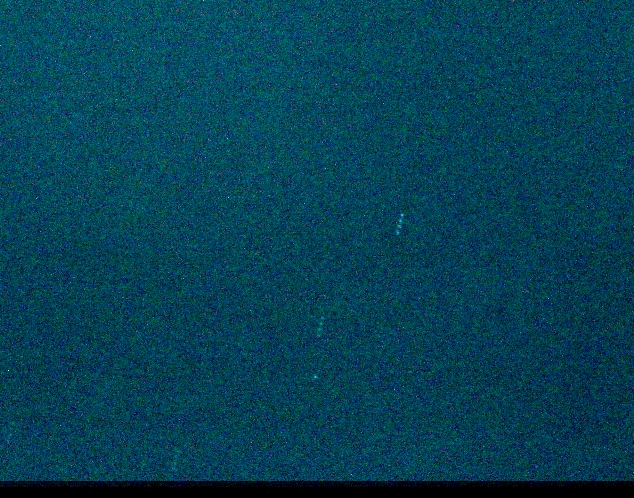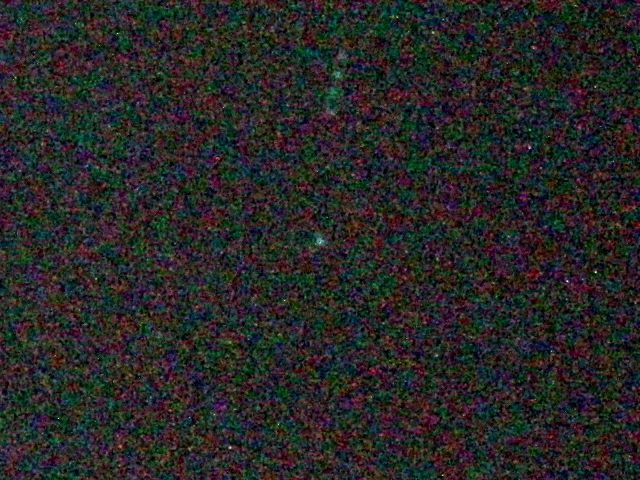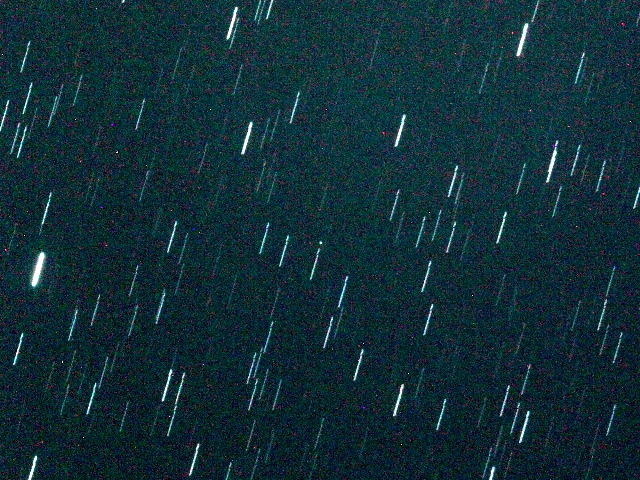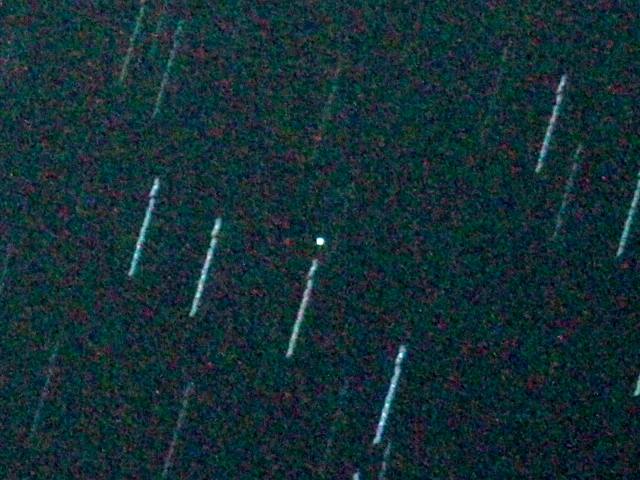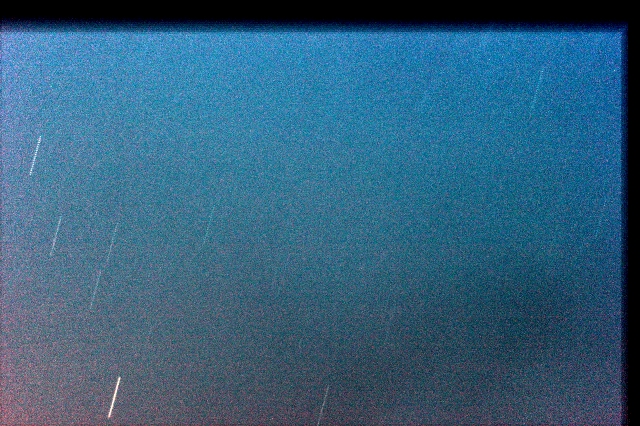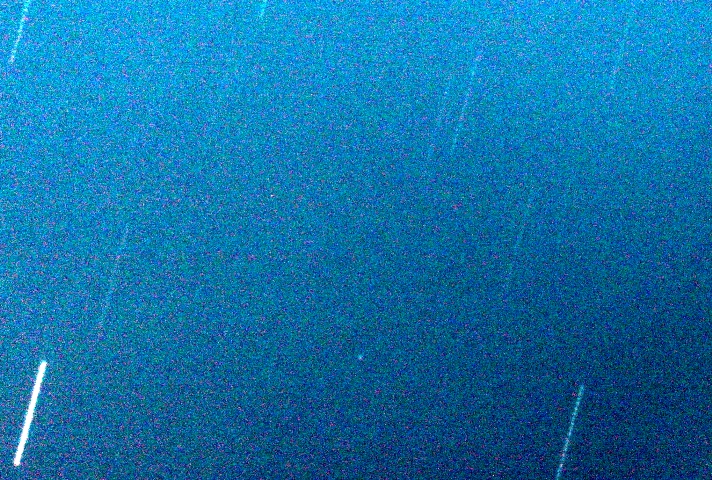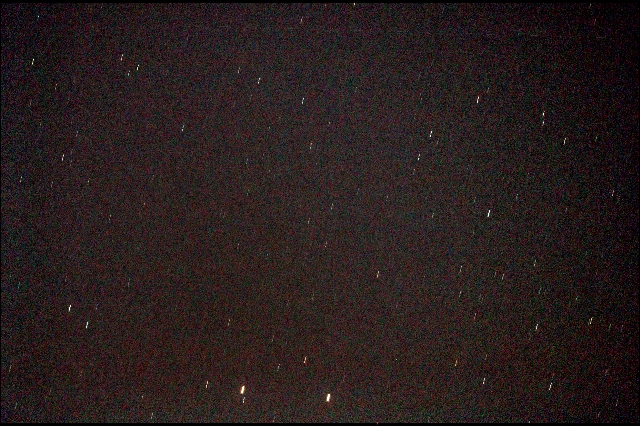
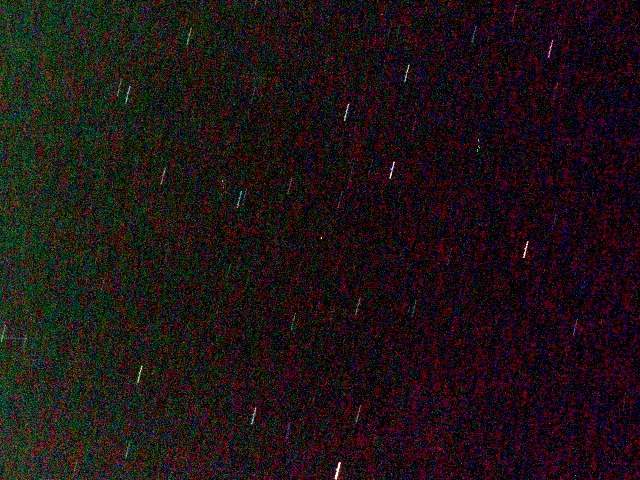

2019-10-30T22:24:21 /22:30:14
露光時間:15秒*20=7分30秒 ISO3200 長時間ノイズリダクションをオン
Epsilon160/530mm + LPS-P2 + 60D / EM-200
StellaImage6.5で合成、レベル補正とリサイズ
2000*1500を切り取り、640*480にリサイズ
|
(162082) 1998 HL1
The Virtual Telescope Project 2.0 asteroid / near Earth / star chart Potentially Hazardous Asteroid (162082) 1998 HL1 close encounter: how, where and when to see it. by Gianluca Masi ・ 10/23/2019 Tweet 保存 As we mentioned elsewhere, on 25 Oct. 2019, the potentially hazardous asteroid (162082) 1998 HL1 will have a safe, close encounter with the Earth. Because of the relatively short distance and the generous dimension of the object, this asteroid will be an easy target even with small telescopes. Here it is how to see it! * See asteroid (162082) 1998 HL1 live here! * Potentially hazardous asteroid 162082 (1998 HL1): path in the sky on 25-28 Oct. 2019 Potentially hazardous asteroid 162082 (1998 HL1): path in the sky on 25-28 Oct. 2019 * See asteroid (162082) 1998 HL1 live here! * Seeing a potentially hazardous asteroid with your own,small telescope and your very own eyes, while it quickly moves across the stars, it is uncommon. Guess what: next nights you have this rare opportunity. Potentially hazardous asteroid 162082 (1998 HL1) is one of those intriguing objects: discovered in 1998 by the LInear survey, its has a diameter somewhere between 440-990 meters. It belongs to the potentially hazardous asteroids family, as we call every asteroid larger than 100 meters or so and having an orbit bringing it closer than 7.5 millions of km to that of our planet Earth. Because of its generous dimension and the relatively close distance from us it will touch on next Oct. 25, asteroid 1998 HL1 will be easily visible with small, amateur telescopes, peaking in brightness at mag. 12.3. Sure, we had much closer asteroids in the past, also brightest, but as I said this is not happening every night. Considering the last 12 months, only two asteroids of similar size (actually larger) came closer than 1998 HL1. Formally, the fly-by will happen on 25 Oct. 2019, at 17:21 UTC: in that very moment, 162082 (1998 HL1) will be at 6.2 millions of km from us, 16.2 times farthest the average Moon. We remind its size: between 440 and 990 meters. * See asteroid (162082) 1998 HL1 live here! * Once said 1998 HL1 will be directly visible through small scopes for a few days (we mean telescopes with at least a diameter of 150mm, which are very popular), the question is: where we can look for it? To provide you with an answer, I prepared the star map above, using the software I love, TheSkyX Pro by Software Bisque. The star chart refers to the time around the fly-by, when the object will be closer, brighter and apparently faster across the stars. It is the apparent motion of the asteroid that will make possible for you to recognize it among the surrounding stars: in the day interval of the chart, 1998 HL1 will be moving with a rate of about 20 arc-seconds per minute, something you should note relatively easily. The chart above is valid for an observer ideally placed in the center of the Earth. A real observer will see the asteroid in a sightly different position, because of the so-called parallax: the difference should be of about 1 arc-minute or so. If you have a good digital camera, you can capture the asteroid with even smaller telescopes, keep in mind! If you want an accurate ephemeris for your very own location, you are welcome to use either the MPC or JPL services. Of course, we will show Potentially hazardous asteroid 162082 (1998 HL1) live on 25 Oct. 2019, starting at 17:00 UTC!
Physical Parameter Table
|
2019年10月30日 13.6等



